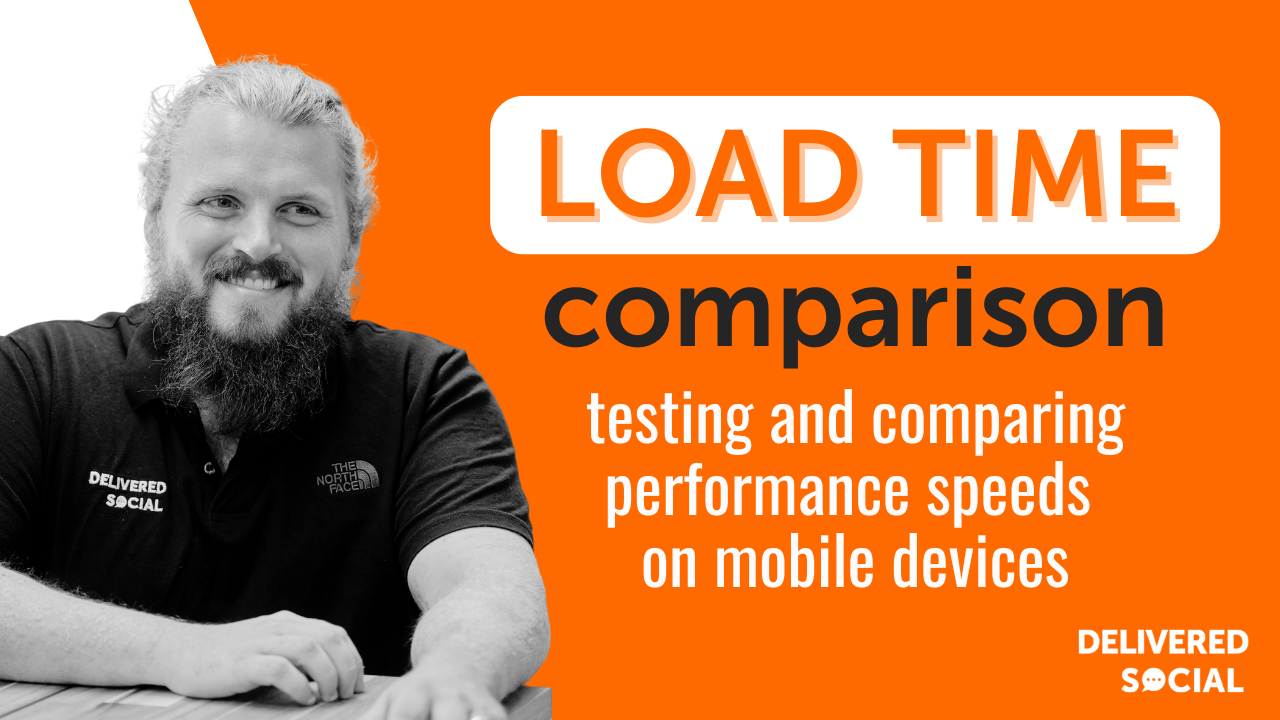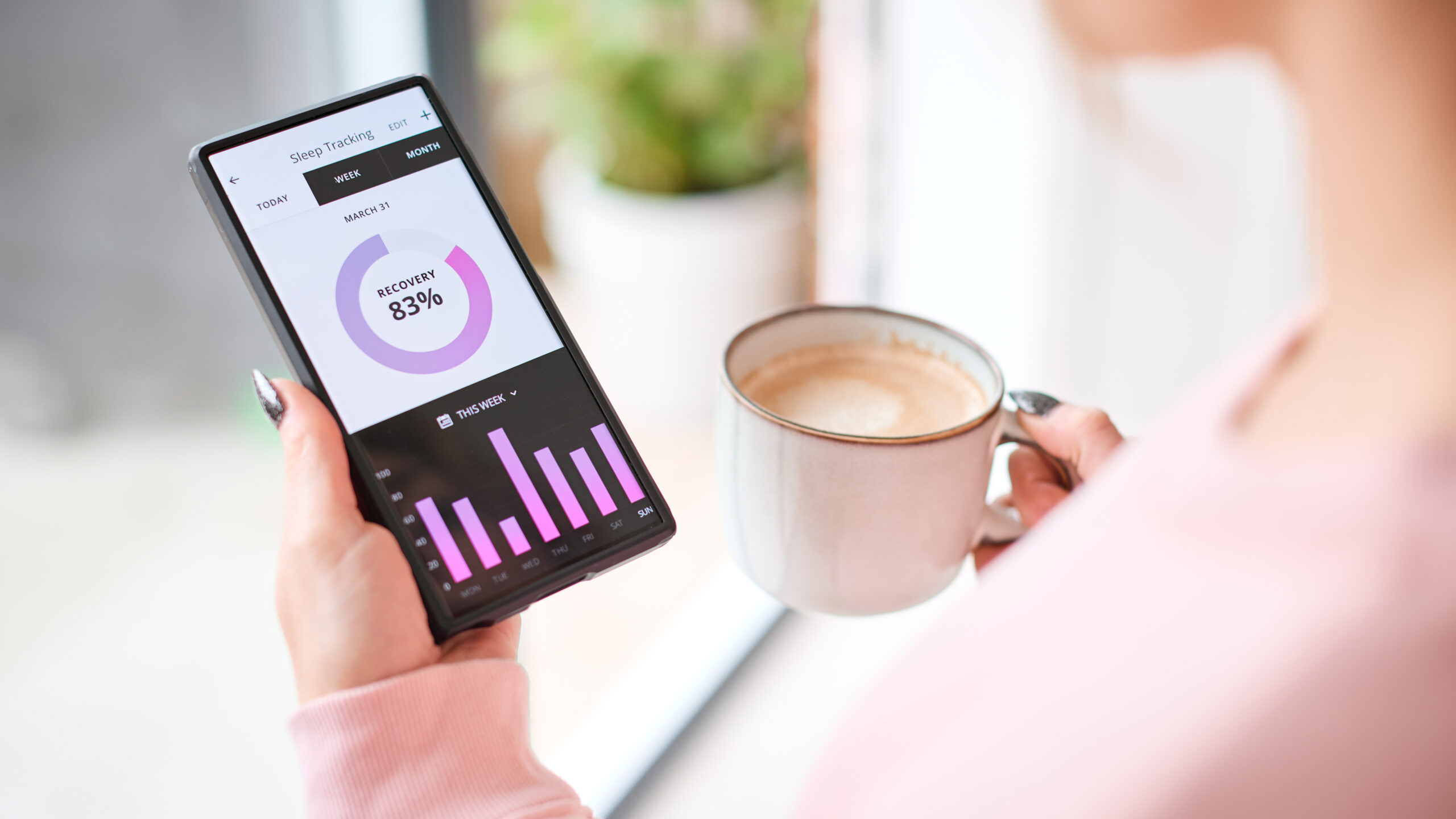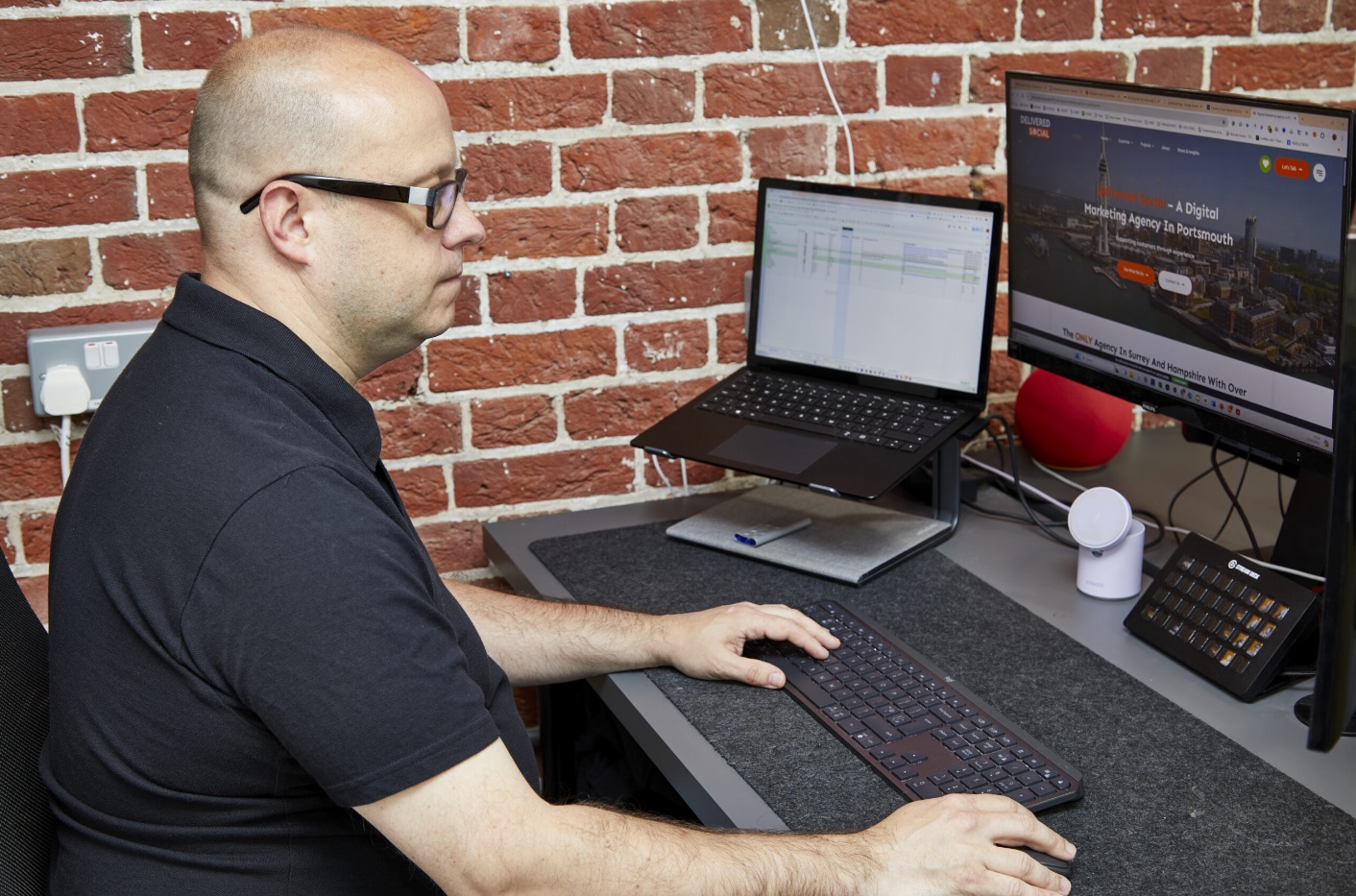
Progressive Web Apps (PWAs) have become a practical choice for businesses looking to offer app-like experiences through web browsers. One of the key factors that determines whether users stay or leave is how fast the app loads. This article focuses on load time comparison PWA testing across different devices to understand how performance varies and what that means for developers and users.
Why Load Time Matters in PWAs
Users expect apps to load quickly, especially on mobile devices. A delay of even a few seconds can lead to higher bounce rates. For PWAs, which rely on web technologies but aim to deliver native-like experiences, load time is even more important. Unlike traditional websites, PWAs cache assets and use service workers, which can both help and hurt performance depending on how they're implemented.
Load Time Comparison PWA: What We Tested
To get a clear picture of performance, we ran load time comparison PWA tests on three types of devices:
1. High-end smartphones – e.g., iPhone 14 Pro, Samsung Galaxy S23
2. Mid-range smartphones – e.g., Pixel 6a, Moto G Power
3. Low-end smartphones – e.g., older Android models with limited RAM
4. Laptops and desktops – using Chrome and Firefox browsers
Each test used the same PWA built with React and served over HTTPS. We measured initial load time (first visit) and repeat load time (after caching).

Results by Device Type
High-End Smartphones
These devices showed the fastest performance overall. The initial load averaged around 1.5 seconds, while repeat loads dropped below 1 second due to effective caching and strong processors.
Mid-Range Smartphones
Load times were slightly higher here. Initial loads ranged from 2 to 3 seconds, depending on network speed and background processes. Repeat loads improved significantly, but still lagged behind high-end phones by about half a second.
Low-End Smartphones
This group had the slowest results in our load time comparison PWA tests. Initial loads often exceeded 4 seconds, with some reaching up to 6 seconds depending on device age and available memory. Even cached repeat visits didn't drop below 2 seconds in most cases.
Laptops and Desktops
Performance was consistent across most modern laptops and desktops. Average initial load was around 1 second, with repeat visits nearly instant, thanks to caching and stronger CPUs.
Factors That Affect Load Time
Several variables influence how fast a PWA loads:
– Device CPU and RAM: Older devices struggle with JavaScript-heavy apps.
– Network speed: Slower connections increase initial load times.
– Caching strategy: A well-configured service worker can reduce repeat load times.
– App complexity: More features usually mean more code to download.
How Developers Can Use This Information
When building Progressive Web Apps (PWAs), understanding the differences between devices, browsers, and network conditions can make the difference between a smooth, engaging user experience and a frustrating one. Developers can use these insights to make smarter, more efficient design and coding choices.
Optimise Images and Scripts for Slower Devices
Large images or uncompressed scripts can slow down your PWA, particularly on older smartphones or low-end devices. By optimising images, reducing file sizes, and minifying JavaScript and CSS, developers can ensure that the app loads quickly for all users. Tools like WebP for images or bundlers like Webpack can make this process easier. Optimisation doesn't just improve performance; it also reduces data usage, which can be a critical factor for users on limited mobile plans.
Use Lazy Loading for Non-Critical Content
Lazy loading is an effective strategy to improve both performance and user experience. By loading only the content that's immediately visible on the screen, developers can reduce initial load times. Non-critical images, videos, or sections can be loaded as the user scrolls, which keeps the app responsive and avoids overwhelming slower devices.
Test Your App on Various Devices Before Launch
Testing is essential. Developers should simulate or use real devices with different screen sizes, hardware capabilities, and operating systems. Testing in both high- and low-speed network conditions can highlight potential bottlenecks or rendering issues. This ensures that your PWA behaves consistently across the broad spectrum of devices your users might have.
Keep Caching Strategies Simple but Effective
PWAs rely heavily on caching to provide offline capabilities and faster load times. However, overcomplicated caching logic can create more problems than it solves, especially when content updates frequently. Developers should aim for simple, predictable caching strategies, prioritising critical resources while allowing non-essential files to update progressively. This balance keeps the app fast without risking stale or outdated content.
By following these guidelines, developers can create PWAs that are not only functional but performant and enjoyable for users, regardless of their device or connection. Understanding the technical nuances helps future-proof your apps and build experiences that work well across a diverse range of users.
Conclusion
The results from our load time comparison PWA tests show that device type plays a big role in user experience. While high-end phones handle PWAs well, lower-end devices can struggle without careful optimisation. Developers should test across multiple platforms to ensure consistent performance.
Fast load times aren't just nice to have—they're essential for keeping users engaged across all types of devices.
Interested In Working Together?
Introducing Delivered Social. We're The Most-Rated Digital Agency In Surrey & Hampshire – We've Got To Be Doing Something Right.
Delivered Social is a digital marketing agency with one mission—to help businesses grow. We're famous in Guildford and Portsmouth for our social clinics. We believe in free advice. We build lasting relationships because our team prides itself on being helpful, which our clients appreciate.
If you are looking for a new website or an agency to manage your social media presence, we can help.
If you need something slightly different, here's a super handy list of all our services, or you can always email us.























